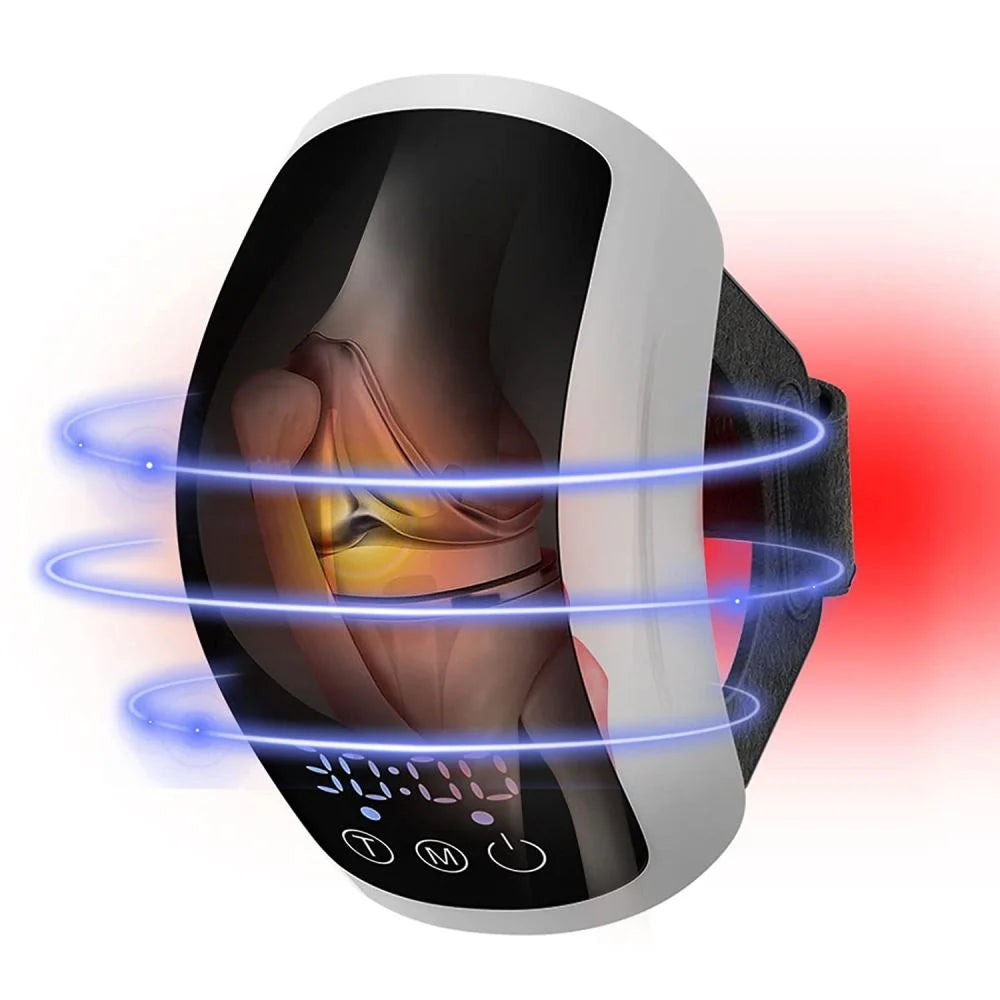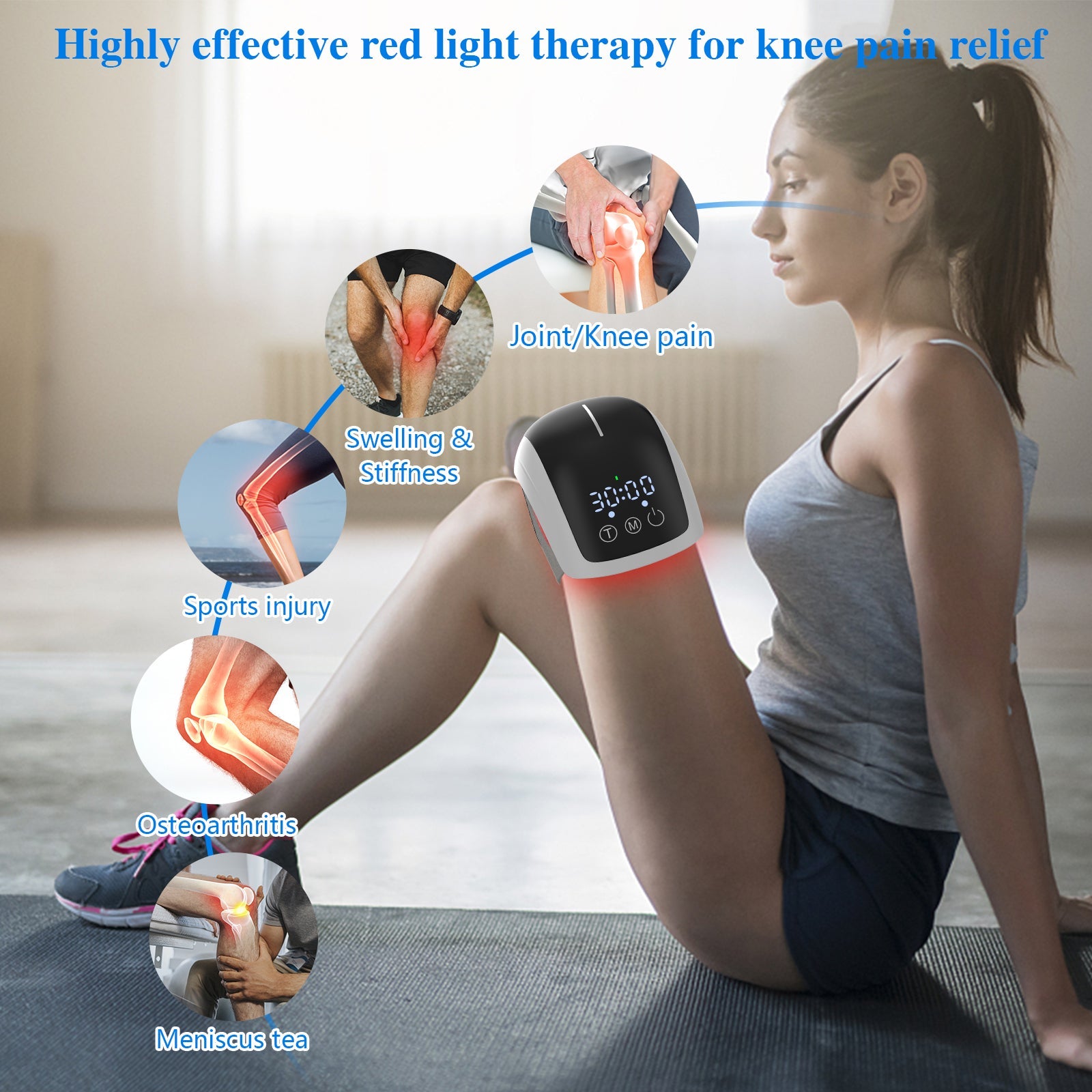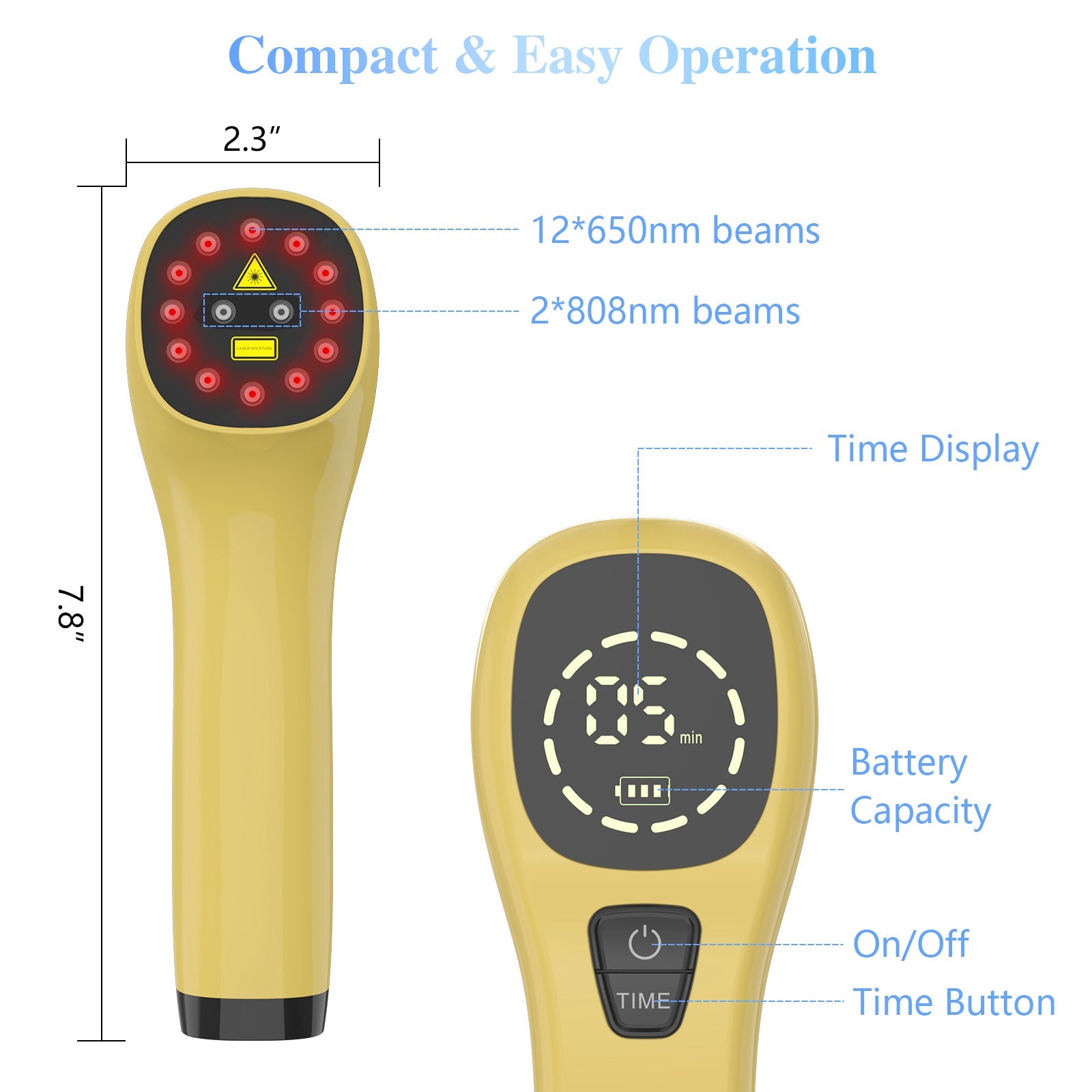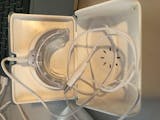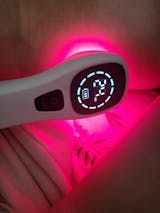Introduction
A critical mental health problem is depression. Furthermore, depression is a condition characterized by a persistent sense of sadness, lack of interest, and other distressing symptoms affecting both the mind and body. Traditional approaches like psychotherapy and medication frequently fail to grant complete recovery. Some chronic diseases, like depression, anxiety, and PTSD, may persist for a long time and require controlling and managing strategies. Henceforth, researchers have been into fusion with advanced cure approaches, with red-light therapy topping the list for most prospective. This non-invasive approach uses two color waves of red or infrared light to promote cell activity as well as the ability to heal and fight inflammation. Despite this, ongoing evidence and trials show its effectiveness in combating depression. The randomized controlled trials demonstrated impressive mood enhancement and cognitive function improvement results compared to the primary mental health assessment before the red light therapy sessions. Furthermore, the rapid use of red light therapy devices by individuals and clinics demonstrates the intended improvement in depression treatment. As this therapy's reach progressively extends and research further elaborates on its action modes and informs on protocol refinement, red light therapy is ascending as torchlight to more promising and available therapeutic approaches compared to depression.
Understanding depression
Depression is a complex multifactorial disorder involving inherited genetic predisposition, environmental stressors, and neurochemical imbalance. All of these factors combined affect the depression mood, brain functioning balance, and normal physiological processes. Therefore, people with depression, in most cases, will find themselves in a situation where they have to fight for their relationships, work to fulfill their duties, and search for joy in life (Noureddin et al., 2024). The all-encompassing effect of depression, aside from ruining the quality of life, will likely increase the chance of self-harm and suicidal tendencies. Despite the availability of a variety of treatment options, such as counseling and medications, the situation remains worrisome for many, as these treatments often provide superficial symptom relief or have intolerable side effects. Consequently, those afflicted by this condition have no alternative but to embrace the newest remedies, such as red light therapy, since they are the only ones that offer hope and relief, often being the most effective.
The red light therapy concept
Red light therapy, also called photobiomodulation, is a type of light treatment that uses specific wavelength ranges of red and near-infrared light to achieve therapeutic effects for the body. These wavelengths can permeate through the skin up to the tissues of the deepest parts, with the rays passing through various cells and interacting specifically with mitochondria, the energy-sugar-converting organelles of the cells. This microscopic communication leads to a series of biological reactions that produce desired processes, such as strengthening the cells, improving blood circulation, and eliminating inflammation. Red light stimulates mitochondrial actions, transforming ATP (the energy molecule cells produce) into the primary energy production currency for cells, thereby promoting tissue repair and regeneration. On the other hand, it hacks into different cellular pathways to dampen inflammation markers and oxidative stress levels, lessening the amount of tissue damage and recovery processes. Red light therapy not only addresses cellular functions at the cellular level, but it also has the potential to emerge as a non-invasive and effective treatment modality, effectively treating a range of conditions, including depression.
Research Progress on Red Light Therapy for Depression
Red light therapy significantly reduced depression symptoms in the intervention group in a study by Smith (Smith et al., 2017). In contrast, those in the control group showed minimal changes. Researchers conducted the study to compare the effectiveness of red light therapy with standard treatments for depression. The red light therapy sessions significantly improved the participants' depressive symptoms. A similar sort of red light therapy had positive effects on the majority of older adults who had reported a subjective cognitive deficit when they experienced the sessions. Not only did the neuroimaging data confirm the reduced depression scores, but their cognitive functions were also improving. Thus, these discoveries highlight the possible future of red light therapy as a decent intervention and treatment for depression, which creates hope in alleviating the symptoms and just letting patients have a better quality of life, especially when it comes to people to whom traditional treatment is not enough or not tolerated. The success of surgery depends not only on the technical aspects but also on plastic surgeons striving to become well-rounded people with above-average abilities as counselors, educators, and motivators.
Red Light Therapy's Practical Application
The recognition of red light therapy is continuously growing in alleviating depression, gaining momentum the world over; however, its accessibility has become more possible everywhere. With the help of an on-the-move apparatus, which is as compact as possible and effortless for a user, it is now no difficulty to keep up your home care routine and stop or even enhance unwanted disease symptoms right at home. LED devices emit specific wavelengths of red or near-infrared light, directly targeting the cellular entities involved in mood creation. Moreover, red light therapy, which is available in both treatments and clinics, offers a compensatory approach to the usual depression treatment. Clinical experts tend to believe in the efficacy of red light therapy in enhancing patients' outcomes and the healthcare of patients at large, consequently affecting its alluring nature for medical practitioners to compose comprehensive treatment plans. Red light therapy becomes even more beneficial due to its convenient application at home or in a clinic (León-Duque et al., 2020). It can be an effective alternative or complementary treatment for people who are looking for other options or complementary therapies that characterize depression. Regardless of whether used alone or in combination with conventional treatments, red light therapy now provides a cost-effective and result-oriented device to alleviate depression, which will undoubtedly make this world a better place for those who suffer from this illness.
Summary of Red Light Therapy's Effectiveness
The potential for red light therapy to be a safe and tolerant option for treating depression stems from its ability to exert physiological effects on the body's cells and facilitate tissue-level healing. Red light targets mitochondria, the cell's powerhouse, which improves energy production and aids in cell mechanism repair. Additionally, it emphasizes the causality between changes in cellular function and the concept of depression's biological basis (Colla et al., 2022). This process allows us to effectively address the underlying imbalances and, thereby, alleviate depressive symptoms. Notably, chemotherapy provides a new style of treatment for patients with adaptable responses to conventional therapy or those who are allergic to side effects. Its mild action and low interaction with adverse reactions make it a hopeful option among those who are looking for therapies for depression, either alone or together with others. Furthermore, as we continue to develop novel research studies and advance our understanding of this mechanism, red light therapy is likely to emerge as a prominent treatment method, bringing optimism and efficacy to those living with this mental health condition.
Future Directions and Opportunities
Red light therapy has significant potential for treating depression, but further research is necessary to fully realize it’s potential. An in-depth comprehension of how red light therapy works to produce a healing effect is crucial for a comprehensive picture of its efficacy. Research on the actions of the red light vector, specifically on brain cell processes, can provide insights into its antidepressant mechanisms. Furthermore, creating optimal treatment protocols, such as which wavelengths, treatment durations, and frequencies would be most effective for each patient, can improve treatments by adjusting to individual patients' needs. Moreover, by researching the collaboration of light red therapy and existing treatments like drugs and psychotherapy, a synergistic effect could arise with more significant therapeutic impacts. By incorporating red light therapy into comprehensive programs that cater to various individual needs, we can enhance its effectiveness in multiple scenarios, paving the way for the provision of accessible and effective care to a greater number of depression patients. A combination of ongoing research and collaboration in the red light therapy field is crucial for reaching the full potential of red light therapy in depression management.
Conclusion
In short, red light therapy has proven to be one of the potential ways to treat depression that is based on a non-invasive approach and has almost no negative influence on the patient's organism. Scientists who have experimented with it have bolstered its appeal with its ease of access and success stories. As scientific exploration and technology advance, red light therapy may play a significant role in treating patients with depression. Through the implementation of new developments in studying cellular mechanisms and the increased precision of treatment regimens, red light therapy has developed into an irreplaceable tool for the treatment of depression and a diverse array of interventions. It has the power to bring new hope and better results for the people who are courageously facing the significant challenges that depression is asking them to face. As a society, we face a rapidly developing era in mental healthcare where RLT appears to be the answer to discovering new attractions for nurturing and treatment.



